Giocattolo Group B: Aussie Super Car















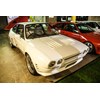

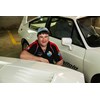

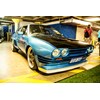

|

|

|

|

|

|

|

|

|
|
|

|
Initial talks with Alfa's local management sounded promising
The story of the Giocattolo Group B is as 1980s as Barnsey’s rising sun bandanna, a peroxide mullet and a pair of Raybans.
Oz was riding a buoyant wave of economic excess. Bondy was yet to go ga-ga, he was still our America’s Cup hero after all.
Skase was yet to do the bolt and Paul Keating’s recession was still far over the horizon. A bicentenary was fast approaching.
Pastel colours, skinny ties, pointy shoes and dodgy deals on Noosa time shares abounded as the Sunshine state staggered blinking into the sunlight after the Bjelke-Petersen era.
For those not familiar with the Giocattolo, Australia’s short-lived super car, the story starts with IT entrepreneur, Paul Halstead.
Halstead rode the early IT wave to business success, however he steadfastly remained a petrol head of the highest order.
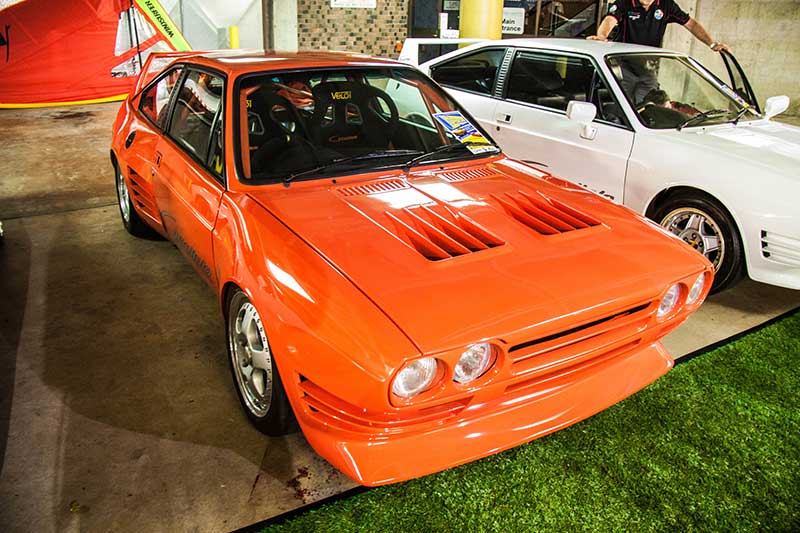
Away from the computer screens, Halstead’s Sydney based Toy Store retailed, serviced and modified Lambos, Alfas and De Tomaso’s for the well-heeled car nut.
"By this time Ford had refused to supply V8s to De Tomaso, so we were the sole source of engines for the Italian factory," says Halstead, "We were also bringing Pantera shells in from Italy at a reduced import duty rate then assembling them here for sale locally."
This relationship was a fruitful one.
At the time a Lamborghini had a checkout price of $200,000, a Halstead assembled Pantera gave you change from $100k. "And they looked and sounded the part."
Former McLaren F1 race engineer, Barry Lock was working on Paul’s race car, a wickedly fast and unbeaten Pantera GT. Halstead was also flinging his own Lamborghini Countach Targa around race circuits with the assistance of Kevin Bartlett.
"Then Ford Australia stopped producing the V8 and the exchange rate between the lira and the dollar also climbed," says Halstead, " So I said to Barry (Lock, race engineer) why don’t we make our own car?"
"We only needed things like the rear hatch, the glass and door locks from a donor car, things that are expensive and difficult to get validated for ADRs."
The still-born Alfa Romeo Group B concept, a victim of the rally world’s move away from Group B regs provided the inspiration.
The concept featured a mid-mounted 2.5 litre V6 and a 5 speed transaxle.
Lock and Halstead wanted to bring that concept to life in Australia using the Alfasud Sprint as a donor car.

Initial talks with Alfa’s local management sounded promising until it became clear there was a certain financial deal required in exchange for co-operation.
Things got nasty very quickly, with local Alfa dealers instructed not to supply Halstead with cars.
"So we just imported new Alfasud Sprints from New Zealand, sold off the bits we didn’t need and built from there."
The lack of engine availability saw Lock tasked to shoehorn a Walkinshaw tickled 5lt Holden V8 into the diminutive hatchback.
The engine, however, used a custom twin throttle body and plenum set up that was unique to the Giocattolo.
"It wasn’t the most cost-effective way of doing things," Halstead reflects, "What was meant to be an affordable V6 sports car quickly became an expensive V8 one."
The suspension, brakes and sub frame were unique to the car and the panels formed from Kevlar, an exotic lightweight material that was virtually unheard of in road cars at the time.
A 5-speed ZF transaxle was used to get power to the back wheels.
The result was a 300hp mid-engined sports car that, even with touches like leather and air con, tipped the scales at around 1100kg.
Top speed was said to be 260km/h.
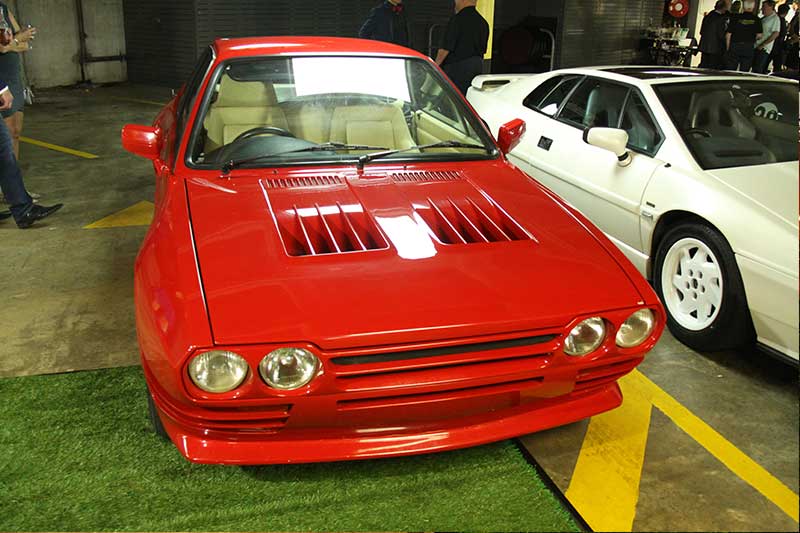
There was also the famous tool kit featuring a flask of Bundaberg Rum.
The factory was set up in Caloundra with the assistance of the Queensland Industry Development Commission (QIDC).
Though much of the investment came from the Kilcoy Pastoral Company, a body that Halstead even today, cannot speak highly enough of.
"Factories were cheap in Caloundra and you didn’t need to heat them, which actually can be a big cost." "And there was a ready labour force."
Cars started rolling out of the factory doors, albeit slowly. TV news from the era shows a yellow Giocattolo in highway patrol livery being thrashed around a track by Alan Jones.
With a grin, Halstead confesses that this was really just a PR stunt, "The police department had already told us that there was no way that they’d be purchasing them." The car even earned a slot on the Towards 2000 TV show.
The outwardly genial Halstead’s face darkens when the subsequent actions of the QIDC are brought up.
"There had been a change of CEO at the QIDC, we were doing it tough and had defaulted on 2 months of repayments," Halstead recalls, "I flew down to Melbourne to raise more capital and I succeeded."
"But this wasn’t good enough for the QIDC, they foreclosed on us when we didn’t owe them a cent in arrears. We were up to date."
In the midst of an airline pilots strike Halstead tried in vain to get back to the Sunshine coast.
By the time he did, the factory was padlocked and some of the tooling had already been trucked away.
Halstead lost millions and was personally bankrupted. "I went from living in a million dollar home to living in a borrowed apartment."

It took Halstead another 5 years to get back on his feet.
Only 12 fully built Giocattolos were built aside from the 3 prototypes. Out of those 15 one was written off in a tragic accident at Eastern Creek
30 years on Paul is working on a return to the supercar manufacturing biz, however he remains coy on the final product preferring instead to discuss his W16 engine configuration and transaxle sub frame.
"This time we’ll be building one and then seeing if there’s interest."
"I’ll be taking the engine and sub-frame to SEMA, I’m interested in even just selling those components."
And when that car finally emerges it will named after his wife, the Giocattolo Secondo Marcella.
There are plenty of people here waiting to talk to the man so I just have to ask why? Why go in so hard to build the car? What’s the motivation?
"I’ve always been a car guy."
From a Holden engined Triumph Herald as a teenager to sitting in a Lamborghini Countach for the first time at the 1979 London Motor Show, to building the Giocattolo.
"Though it’s the build – I love the drive – but for me it’s always the build."
Unique Cars magazine Value Guides
Sell your car for free right here
Get your monthly fix of news, reviews and stories on the greatest cars and minds in the automotive world.
Subscribe

.jpg)






